
Browse an alphabetical list of photographs. These historical images portray people, places, and events before, during, and after World War II and the Holocaust.
<< Previous | Displaying results 2571-2580 of 2641 for "Photo" | Next >>
At the time of the International Military Tribunal, the city of Nuremberg reflected the devastation of war, as did much of Europe. This landscape of destruction stands in stark contrast to the Nazi rallies held in Nuremberg only years earlier.
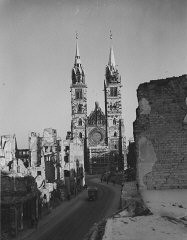
View of Rotterdam after German bombing during the Western Campaign in May 1940. Rotterdam, the Netherlands, May 1940.
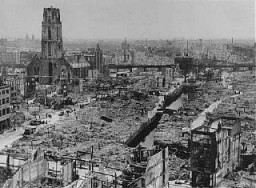
A sign outside the Breendonk transit camp warning that trespassers will be shot. Breendonk, Belgium, 1940-1944.
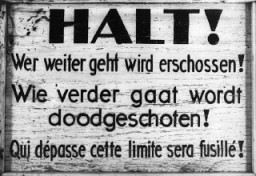
A sign, in both German and Latvian, warning that people attempting to cross the fence or to contact inhabitants of the Riga ghetto will be shot. Riga, Latvia, 1941–43.
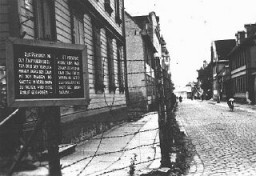
Soldiers from the Kiliński Battalion of the Polish Home Army take a German prisoner during the Warsaw Polish uprising. August 20, 1944.
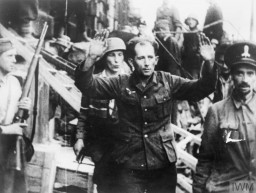
Commercial area on Nalewki Street in Warsaw's Jewish quarter. Warsaw, Poland, 1938.
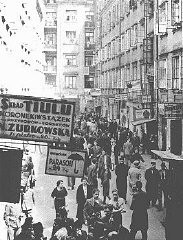
A wartime photograph of Magdalene Garber in the 1940s, likely taken in Berlin, Germany. Magdalene (“Leni”) Garber was born to Joseph Garber, a Togolese man, and Johanna Maychrzak in January 1919 in Germany. Magdalene grew up in Berlin-Neukölln and worked as a performer from an early age. She was part of several ethnographic shows, including a variety of Mohamed ben Ahmed’s Afrika-Schau during the late 1920s through the early 1930s, and the German Africa Show (Deutsche Afrika-Schau) during the Nazi…
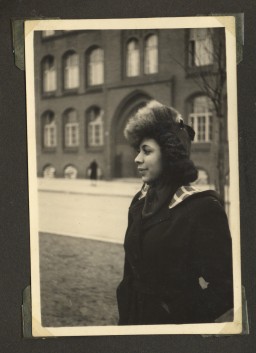
View of a watchtower and prisoner barracks at the Ohrdruf subcamp of the Buchenwald concentration camp, soon after US forces liberated Ohrdruf. Ohrdruf, Germany, April 1945.
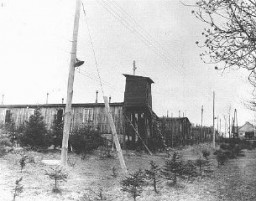
A view of one of the watchtowers and part of the perimeter fence at Ohrdruf, part of the Buchenwald camp system, seen here after US forces liberated the camp. Ohrdruf, Germany, April 1945.
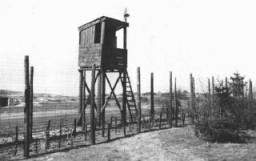
Ustasa (Croatian fascist) guard next to a watchtower at the Jasenovac concentration camp. Yugoslavia, between 1941 and 1944.
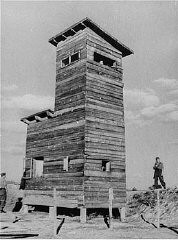
We would like to thank Crown Family Philanthropies, Abe and Ida Cooper Foundation, the Claims Conference, EVZ, and BMF for supporting the ongoing work to create content and resources for the Holocaust Encyclopedia. View the list of donor acknowledgement.